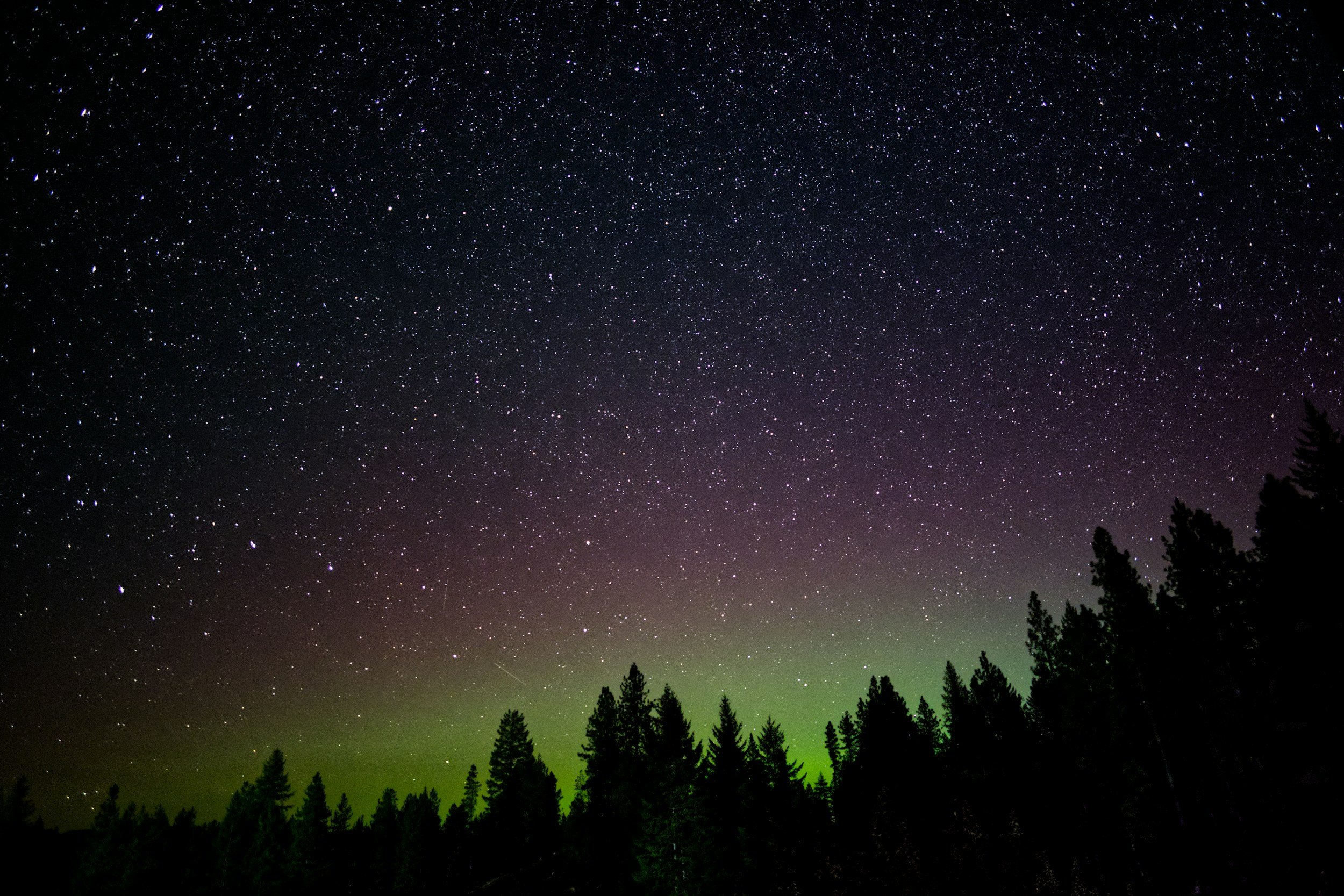
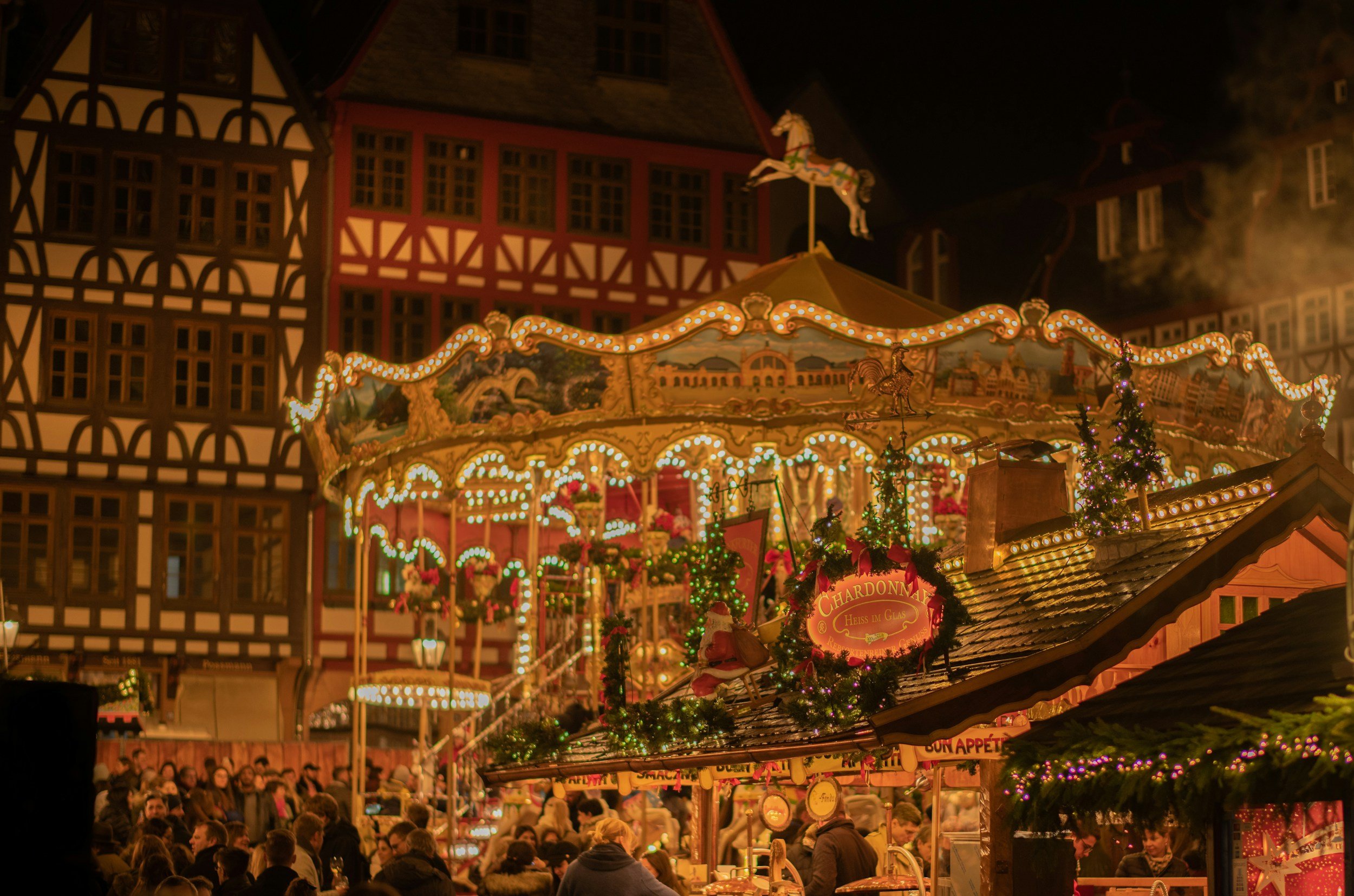
Christmas Markets
European Christmas markets are festive events that bring holiday cheer to towns and cities across the continent. Typically held from late November through December, these markets feature beautifully decorated wooden stalls that sell handmade crafts, holiday gifts, and delicious seasonal treats like mulled wine, gingerbread, roasted chestnuts, and sausages. Each market has its own local specialties, adding a unique flavor to the experience.
From Germany’s famous Nuremberg Christkindlesmarkt to Austria’s magical Vienna markets and France's Strasbourg "Capital of Christmas," these events are characterized by twinkling lights, traditional music, and a warm, cozy atmosphere. They offer travelers a charming, culturally immersive way to celebrate the holiday season, with opportunities for ice skating, watching parades, and exploring historic surroundings.
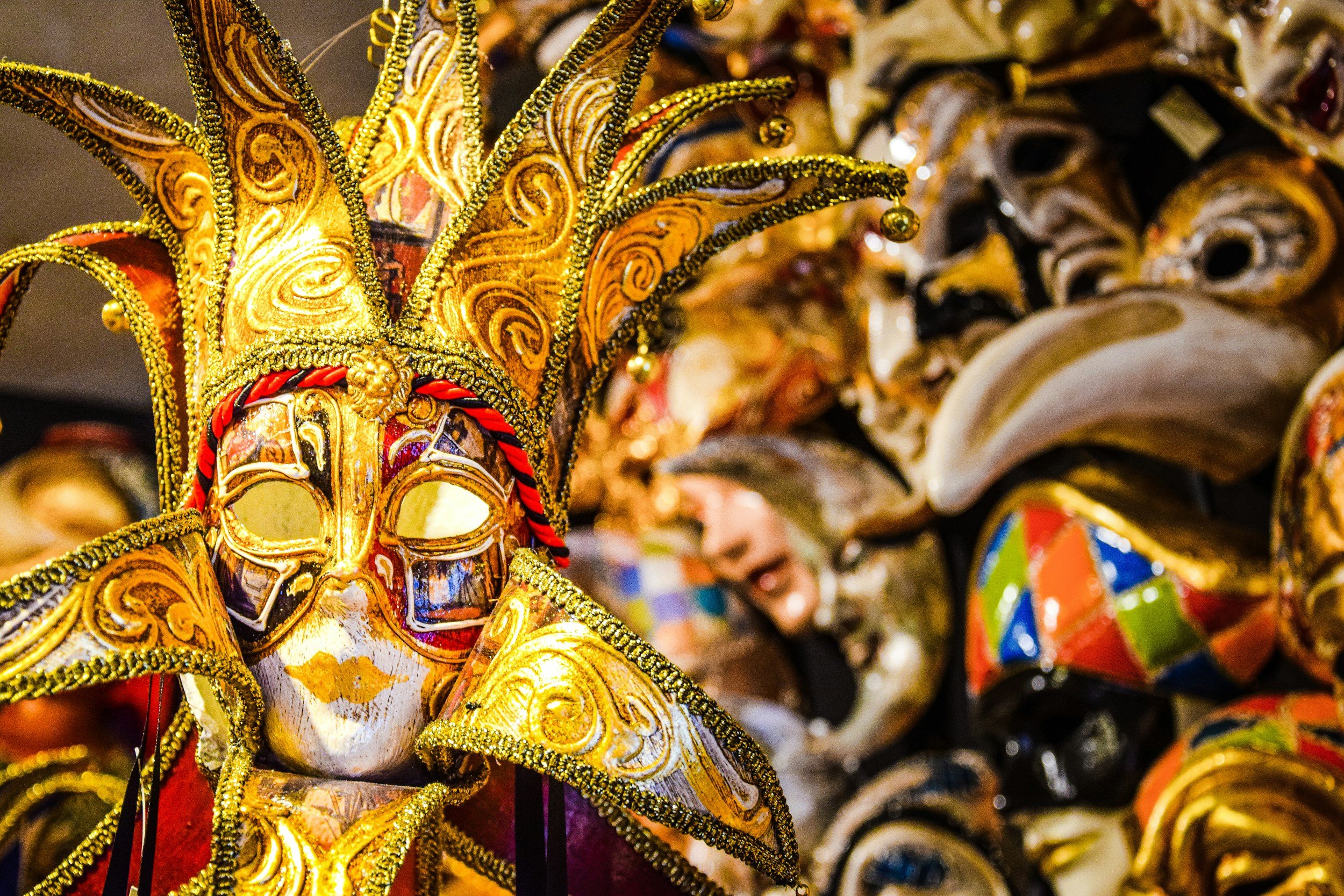
Carnival
Brazil’s Carnival is a world-famous celebration held every February or March, just before Lent, marking a time of indulgence, music, and joy. The largest events take place in Rio de Janeiro, São Paulo, Salvador, and Recife, with Rio's being the most iconic. This festival is renowned for its massive parades, samba competitions, colorful costumes, and street parties (blocos), attracting millions of visitors from around the globe.
During Carnival, the streets come alive with samba beats, glittering floats, and dancers performing elaborate routines. It’s not just about the parades—there are also vibrant street parties, spontaneous dance-offs, and plenty of local food and drink, creating an unforgettable experience of Brazilian culture, energy, and hospitality.
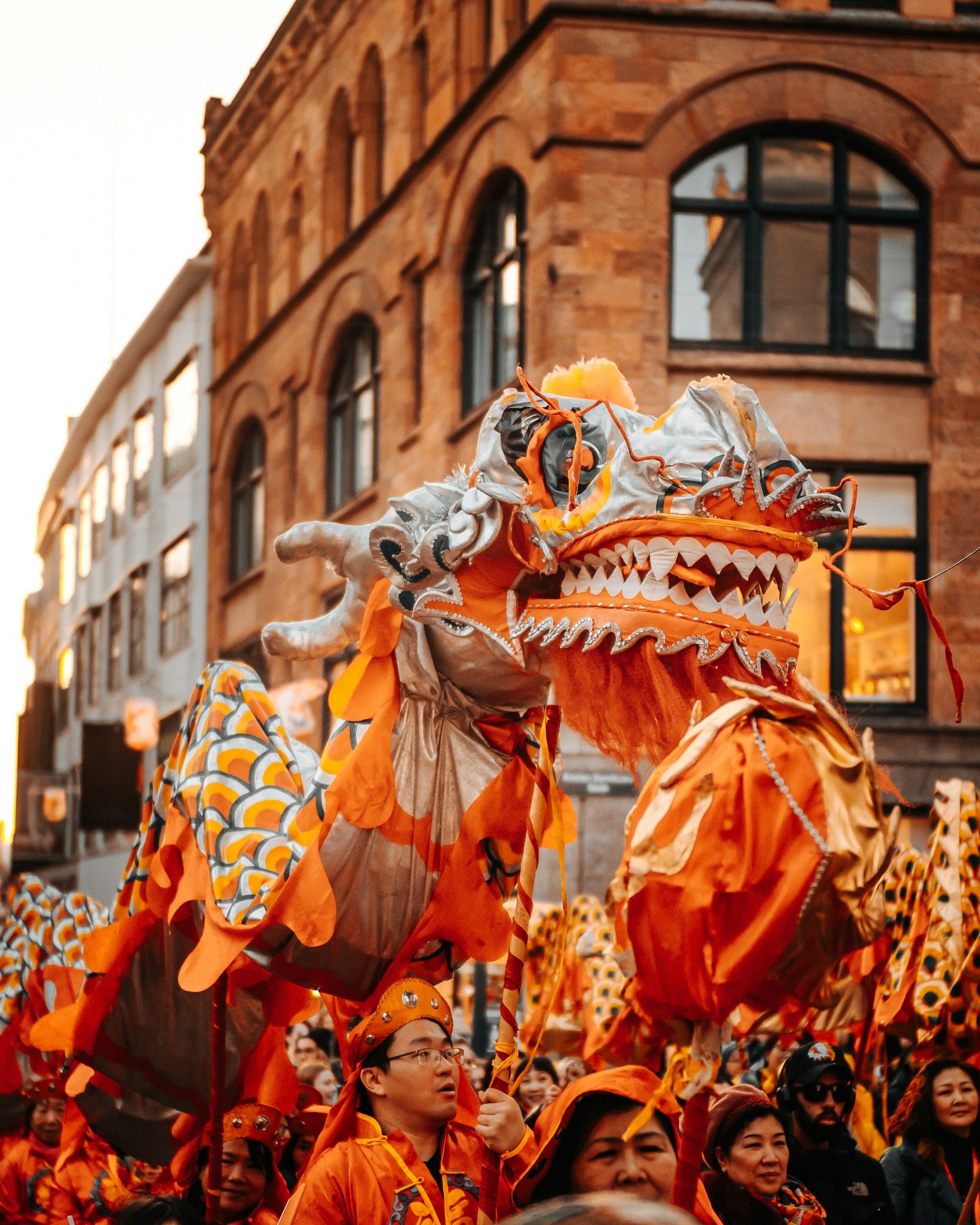
Chinese New Year
Chinese New Year, also known as the Lunar New Year or Spring Festival, is a major holiday celebrated across China and in Chinese communities worldwide. It marks the start of the lunar calendar and is filled with rich traditions meant to bring luck, happiness, and prosperity for the year ahead. The festivities span several days, featuring family gatherings, colorful parades, dragon and lion dances, and vibrant decorations, especially in red, symbolizing good fortune. People exchange red envelopes with money, enjoy festive feasts with symbolic foods, and light fireworks to ward off evil spirits, celebrating renewal and unity in the new year.
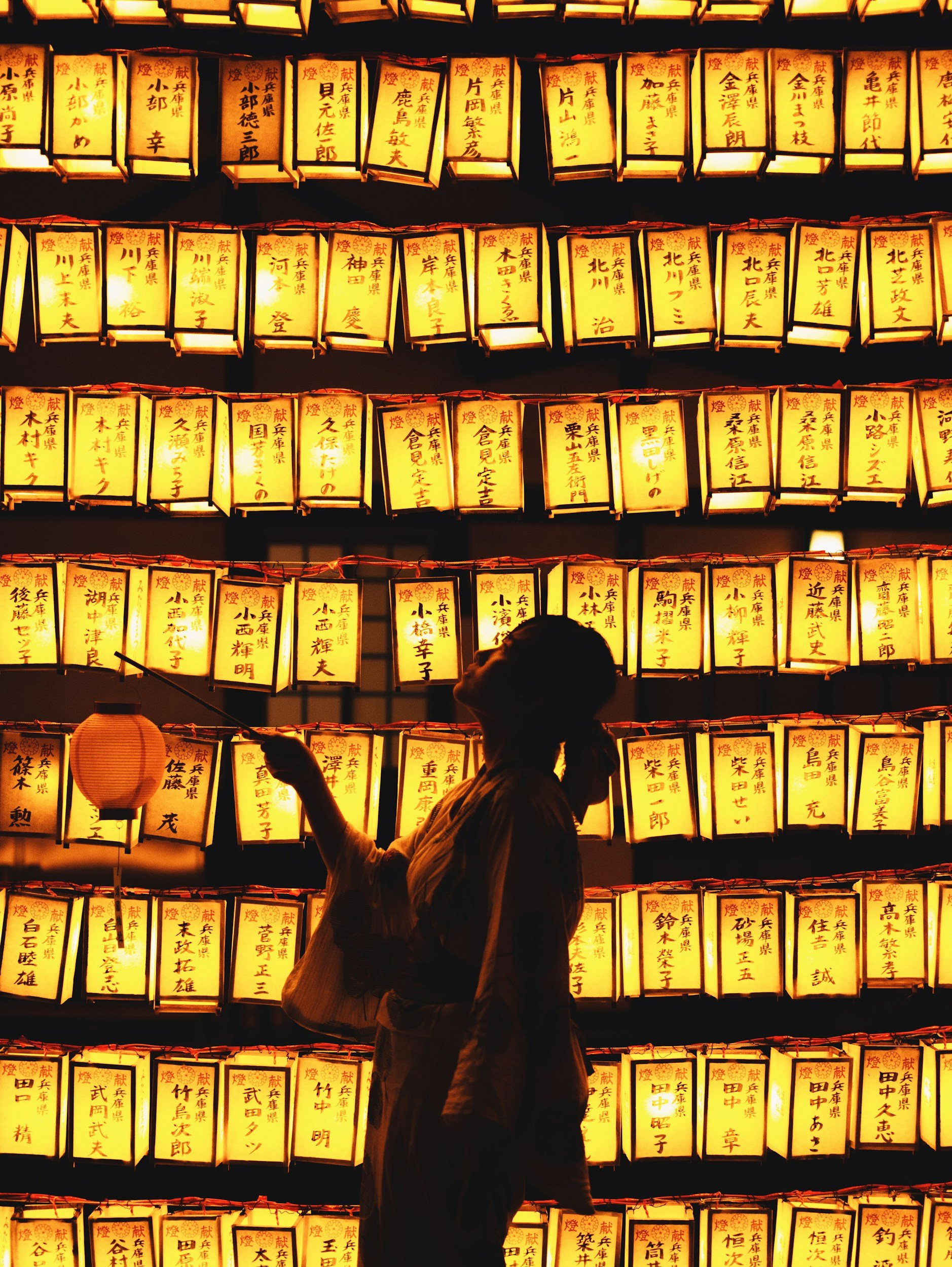
Lantern Festival
Thailand’s Lantern Festival, or Yi Peng, is a magical celebration held in Chiang Mai in November, aligning with the full moon of the twelfth lunar month. During the festival, thousands of paper lanterns (known as khom loi) are released into the night sky, creating a breathtaking display of lights. This act symbolizes letting go of misfortune and making wishes for the coming year.
The festivities also include traditional ceremonies, parades, dance performances, and decorative lantern displays around temples, rivers, and homes. It often coincides with the Loy Krathong festival, where small floating offerings (made of leaves, flowers, and candles) are set afloat on rivers to honor the water goddess.
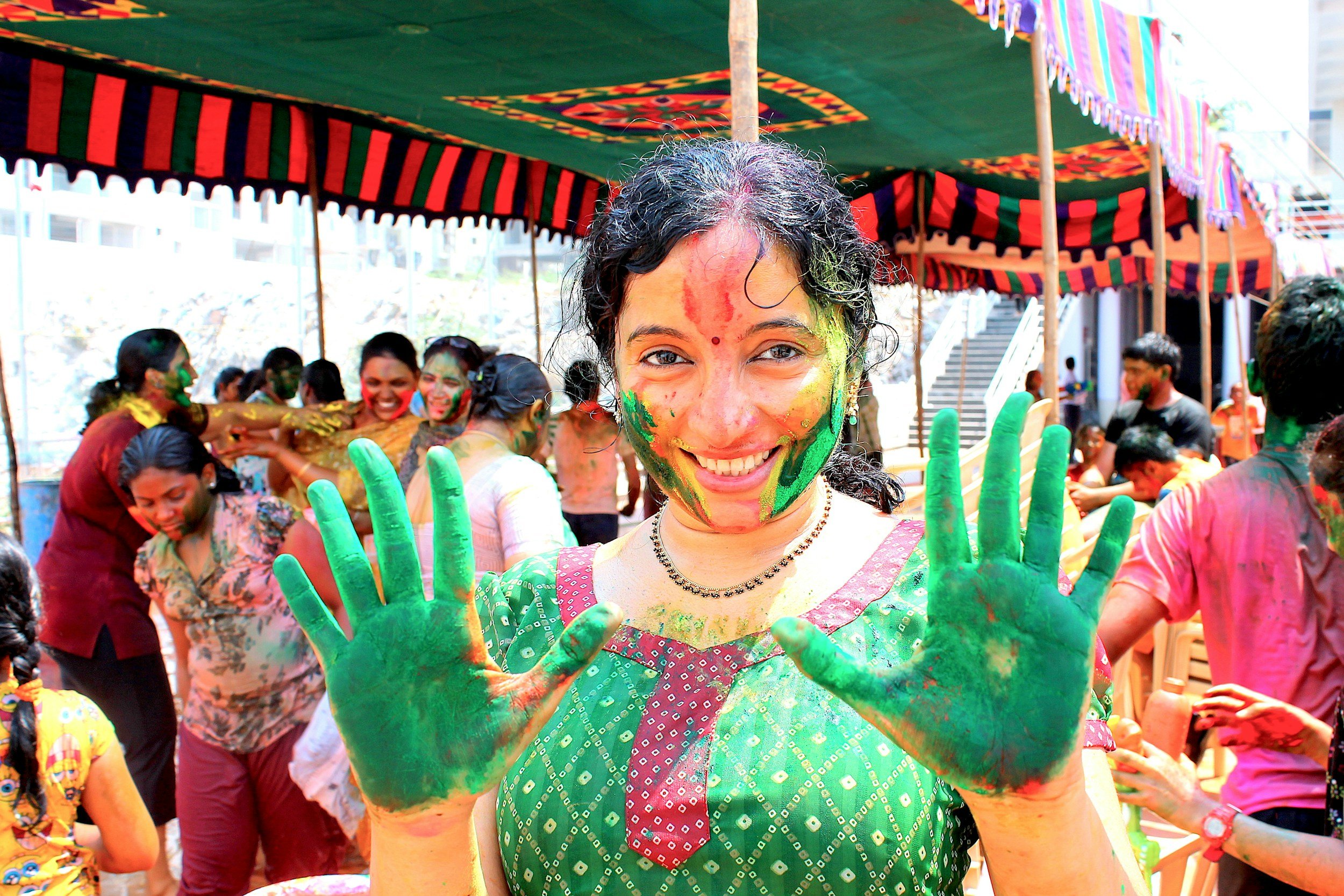
Holi Festival
The Holi Festival, celebrated mainly in India and Nepal, is known as the “Festival of Colors” or the “Festival of Love.” This vibrant event takes place in March, marking the arrival of spring, the victory of good over evil, and the renewal of love and joy among people. It’s a spirited celebration where participants throw colorful powders (gulal) into the air and at one another, creating a lively atmosphere filled with music, dancing, and street food.
The festival typically starts with Holika Dahan, a bonfire ritual symbolizing the triumph of good over evil. The next day is filled with colorful chaos, as people gather in streets, parks, and temples to spread love through splashes of bright colors. Popular destinations include cities like Mathura and Vrindavan, which offer the most traditional and immersive experiences, but you can also find joyful celebrations across other parts of India and beyond.
